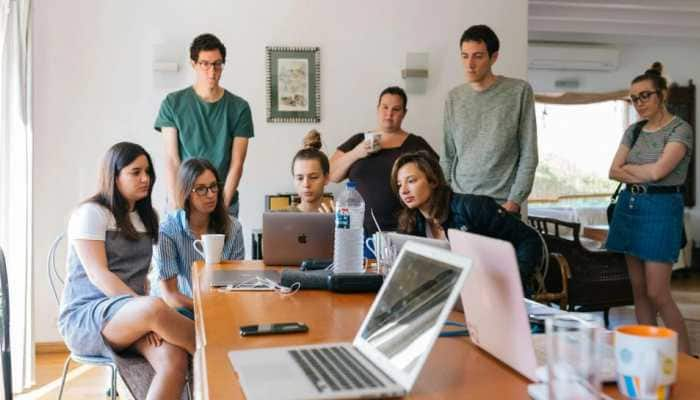Chronology of Ramjanmabhoomi movement
Let us have a look at the significant dates related to the 60-year-old dispute over title suit.
Trending Photos
)
 Let us take a look at the significant dates related to the 60-year-old dispute over title suit- the ownership of the land - where the Babri mosque was built in the 16th century. The mosque was demolished on Dec 6, 1992, triggering the worst communal riots in the country post-Independence.
Let us take a look at the significant dates related to the 60-year-old dispute over title suit- the ownership of the land - where the Babri mosque was built in the 16th century. The mosque was demolished on Dec 6, 1992, triggering the worst communal riots in the country post-Independence.







)
)
)
)
)
)
)
)
)
)
